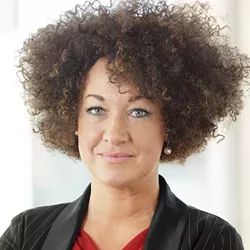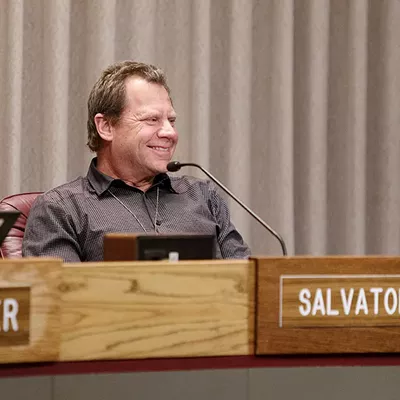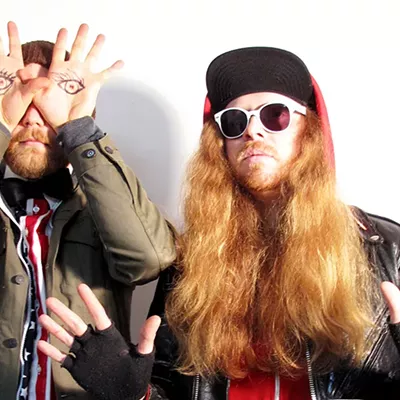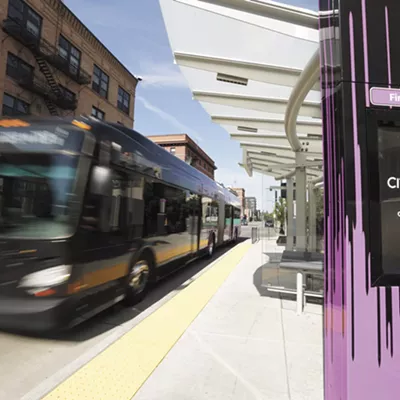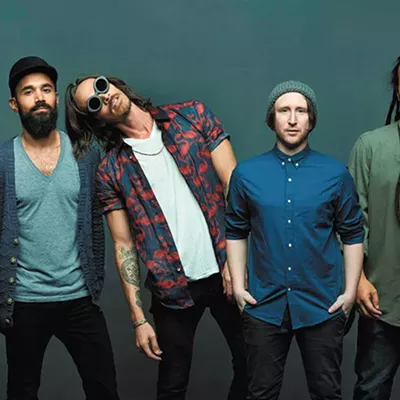Tuesday, May 27, 2014
How race plays a role in white-on-white crime
Just before our nation’s holiday to honor the departed, a twisted shooting spree brought an end to seven lives in California. People say acts of horror and crime leave us wondering why? Social media outlets spark with the latest ideas on our quest to unearth the reasons for the tragedy and possible solutions to prevent similar incidents in the future. But is it really so hard to decode what’s going on?
In a country with enough guns to arm every man, woman and child, gun violence hits the news hard and often. The recent slaughter in Santa Barbara is just one more incident in a long list of homicides. And, thank our lucky stars, the shooter isn’t a black guy.
As black families, we brace ourselves watching news like this, waiting to see the killer’s picture on the screen. In America, you can be sure if there is no picture of the killer, the suspect is white. If the shooter is black or even if there is an unconfirmed “suspect” who is black, the photo will jet to the screen like lightning. And then the race talk ensues with words like “thug,” “criminal,” “ghetto” and “black man” loaded side-by-side like a round of hollow points, aimed to dehumanize and vilify black people. Conversations get tense at work and school, where colleagues let racist statements slip before filtering and kids repeat the commentary they heard at home. Or, some places like our own lily-white Spokane, a black nonprofit received hate mail after a young suspect’s picture hit TV; the letter demanded that black women should be sterilized because it’s in their children’s nature to be violent.
But what happens when the killer is white? Where is the race talk and hate mail? Well, that’s absurd to expect any race talk, right? Part of white privilege is immunity from race critique; isn’t that essentially at the core of white supremacy anyways? No, instead of deploring the horrid condition of “white men,” these stories unfold in one of three ways: 1. He is mentally ill; 2. He was feeling isolated or having a hard time; or 3. He was abused as a child and therefore is just repeating the violence perpetrated on him. Scenario 1 is how Elliot Rodger is already being described and treated in the media and in the psyche of the American people.
But in the case of this Santa Barbara shooter, why are we not looking at the role of assumed white innocence in the death of his six victims? The police officer who interviewed Rodger prior to the slaughter said he was “polite and kind” and didn’t search his residence because there didn’t appear to be any weapons or cause for concern. Recall when one of Jeffrey Dahmer’s victims escaped and, running bleeding and naked to police, sought protection. Against the pleas of two black women standing by who were convinced the victim was in distress, the police turned the youth over to blonde-haired blue-eyed Dahmer who proceeded to rape and kill him. He looked innocent (read white), so that’s all they needed to know. And if a third story is the charm for understanding this concept, in Atlanta a white man pulled up to an elementary school and breezed through an elaborate security system while packing multiple guns, including an AK-47 and 500 rounds of ammunition. America still operates on the basis of assumed white innocence, and it is quite literally an issue of life and death.
Equally alarming is the persistence of assumed black guilt. Researchers at Stanford University conducted studies where police and others, cued with an image of a black person, quickly deciphered very blurred images often associated with crime such as a gun and determined a threat almost instantly. We see this play out in the courtroom and forensic lab, not just for perpetrators but for victims as well. In 2013, 600 percent more white-on-black homicides were deemed justifiable than white-on-white homicides. Even when black youth are shot, their corpses are often examined in search of “evidence” that may implicate them for sharing responsibility for the crime. Will the bodies of the white sorority girls be tested for substances in the Santa Barbara slaughter, and if they had alcohol in their system, will they be assumed partially responsible for their own murder? In the case of black victims, we are responsible — not the killers, not the laws, not the gun culture, not the racism, not our schools, not our community, not you.
So, when do we initiate discussion about the lack of moral fiber in white men? When does it become politically correct to address the connections between racism, sexism and violence in the white community? Maybe we could start with George Zimmerman, Michael Dunn, Theodore Wafer, Randall Kerrick … or Elliot Roger. ♦
Rachel Dolezal, formerly of the Human Rights Education Institute in Coeur d'Alene, is an award-winning artist and activist who teaches courses in art, Africana history and culture at area universities.
Tags: commentators , race , gun violence , Comment , Image

